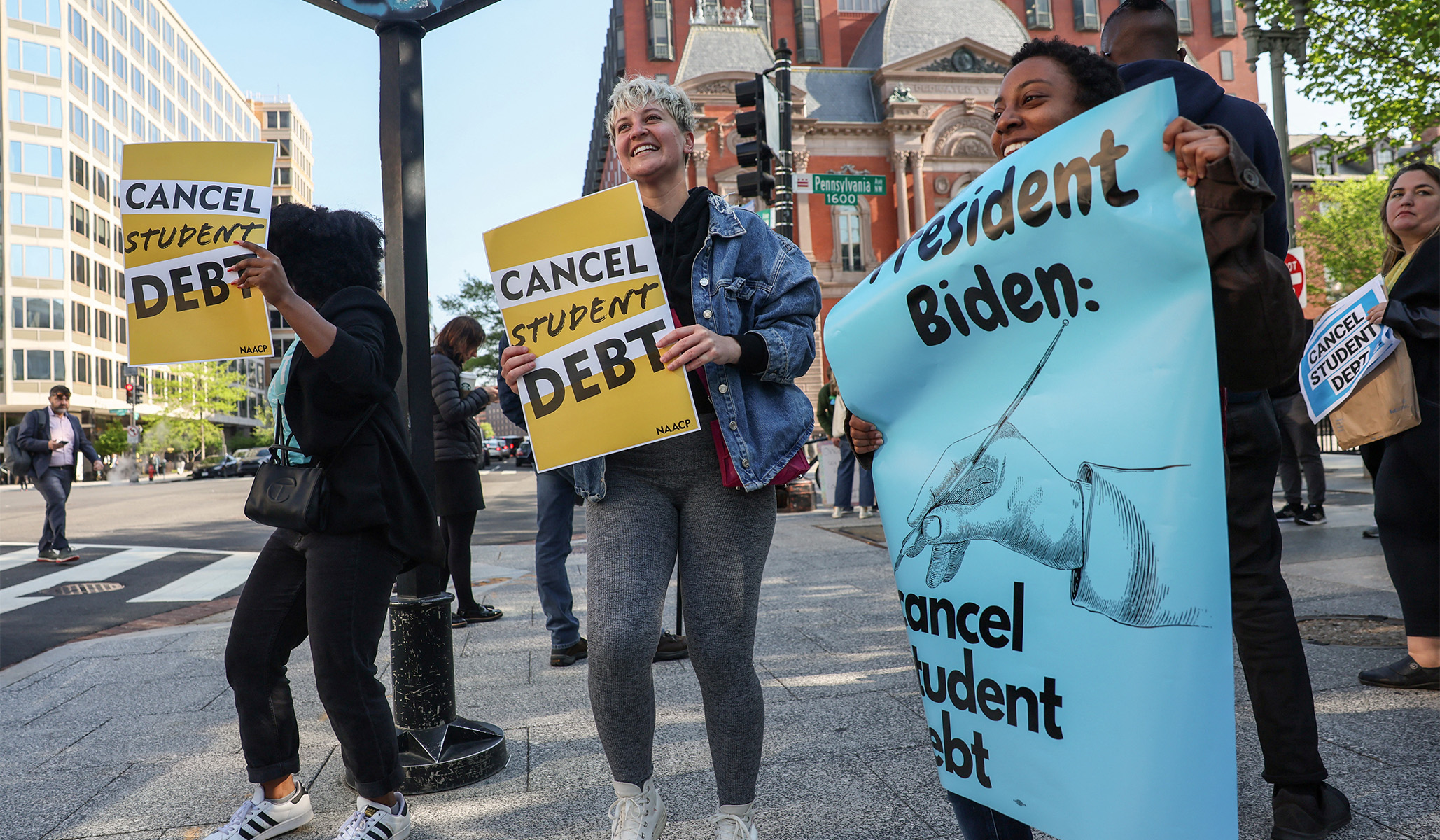


On Tuesday, the Supreme Court heard oral arguments in Biden v. Nebraska, the legal challenge to the president’s decree last summer that millions of students who have borrowed from the federal government for college won’t have to repay.
How did it go? In today’s Martin Center article, I offer my thoughts.
The defenders of Biden’s action hope that the Court will decide that the states challenging its legality lack “standing to sue.” That’s a legal term of art meaning that the party hasn’t suffered any direct, concrete injury and therefore isn’t an appropriate plaintiff. (Taxpayers, e.g., are usually said to lack standing to challenge wasteful and legally dubious governmental policies because they’re only losing a few dollars.)
Solicitor General Prelogar had heads nodding from the “liberal” justices with that argument, but I don’t think it will induce a majority to dismiss the case, in essence saying, “We will let this continue until such time as someone with standing comes into court.”
And of course, the government’s allies like the policy because it gives money to lots of people to whom they’re sympathetic. Justice Sotomayor whined about letting judges deny help to needy students, but that has nothing to do with the legality of Biden’s action.
The big issue is one of separation of powers. Congress has the power of the purse and legislative authority under the Constitution, and the “conservative” justices were clearly skeptical that Biden’s plan could be squared with it. Significantly, Chief Justice Roberts indicated that he thought the president had overreached his authority.
Last year, the Court ruled against executive-branch intrusion into matters that should be decided by Congress in West Virginia v. EPA, and I suspect that it will use this case to extend its revival of separation of powers jurisprudence. We will find out in June when the decision will be announced.
